The bicycle is the ideal way to visit Milan . The two wheels in fact are perfect to avoid the traffic that characterizes the city and enjoy only the best, among monuments, clubs and places of interest. So here are five perfect routes to tour the Lombard capital on two wheels and admire its attractions.
In a day or in a week, alone or with the whole family: discovering the city of Milan by bicycle is always a pleasure, thanks to numerous tourist itineraries , which also arrive outside Milan and tours that lead to the discovery of its historical and beauties. ultramodern.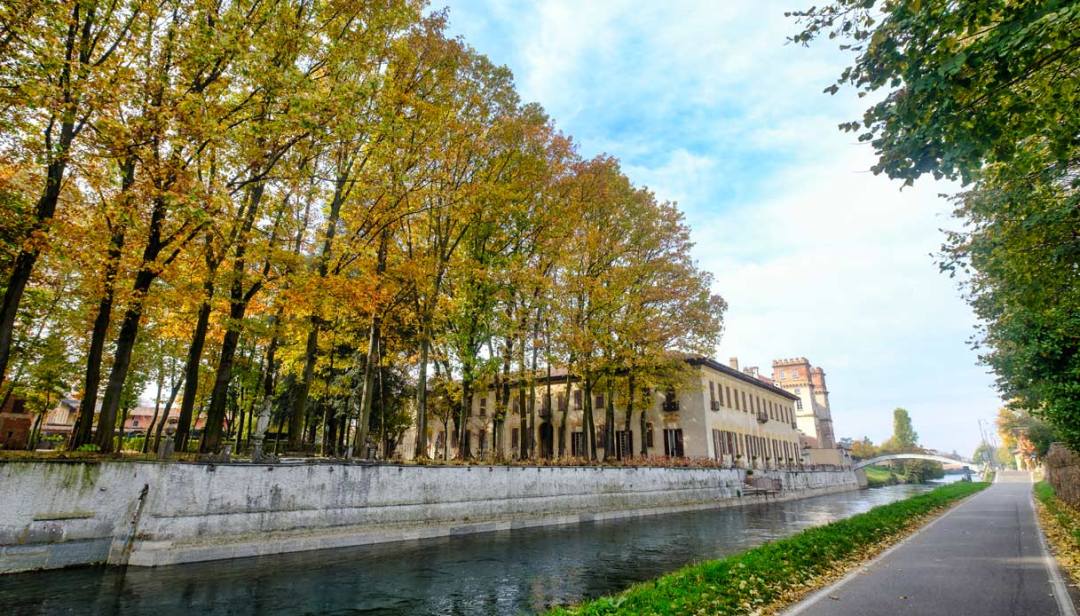
1. Visiting Milan by bicycle: the Navigli and the Lombard countryside
The Navigli of Milan , center of the Milanese nightlife , are the perfect place to go by bike. Along the Alzaia Naviglio Grande there is a perfect road that is also a bike path even for beginners, completely flat and well paved. This area of the city is perfect for discovering the coolest soul of Milan , but also its past, diving, one after the other, in the Lombard countryside.
Admire the changing landscape and, if you feel like it, proceed along the entire path until you reach Abbiategrasso , between huts and fields. Take the opportunity to stop and stop at a farmhouse and taste the typical products. At sunset, you can tie the bicycle to a pole and embark on a boat for a romantic cruise along the Naviglio. Here’s how to book it .
2. Visit Milan by bicycle: in corso Sempione for an aperitif
Among the most famous bike paths in Milan is the one that runs around Piazza Castello . Before leaving, take the opportunity to visit the Castello Sforzesco where the Pietà Rondanini, Michelangelo’s last work is kept, then climb on your bike and continue along Via Paolo Sarpi – the Milanese Chinatown – to Corso Sempione, where you can enjoy an aperitif from Milan doc .
3. Visit Milan by bicycle: the Public Gardens and Villa Necchi
The area most appreciated by Milanese cyclists is undoubtedly the one between Porta Nuova and Villa Necchi. Here there are several cycle paths and the landscape is very special. Start from Piazza Gae Aulenti , one of the newest and most famous in Milan, then walk along the Indro Montanelli Ramparts and Public Gardens , finally enter Villa Necchi where a visit awaits you that will leave you speechless.

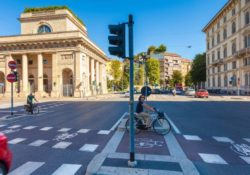
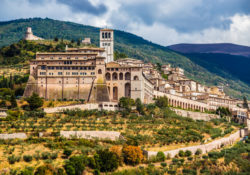
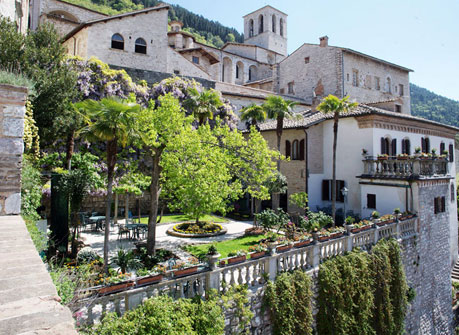
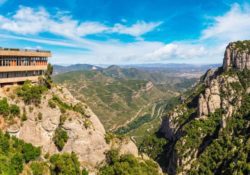
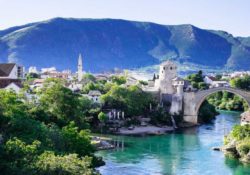
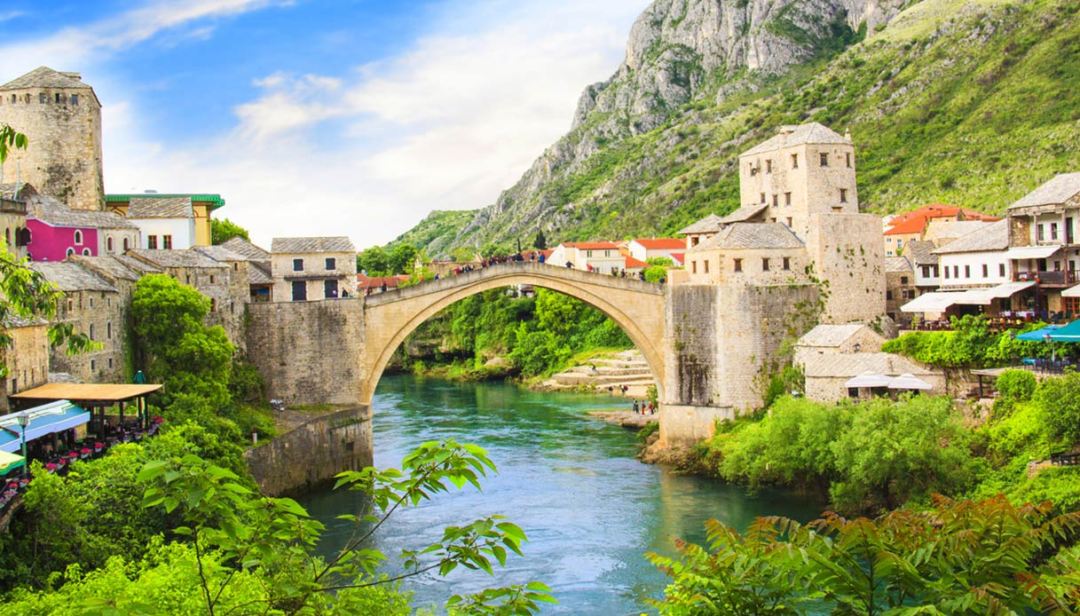
 No, Rome is not disgusting. It is not ugly, it is not neglected. It is not badly governed. Rome is simply not. It is not the true object of these actions. It is not even these actions. Or it’s all you would not have thought or thought it was. Getting there, leaving. What attracts you and repels you before and after. Honey and “garbage”. Rome “lives of” or “survives” and will never die of its faults. Indeed defects has none. It has precepts. Rules and secrets that no one knows, that many are cloaked in knowing. Or try to tear them, deny them, ignore them, delete them. Rome seems to shield itself, mirroring the ugliness that is made reminding everyone who it is.
No, Rome is not disgusting. It is not ugly, it is not neglected. It is not badly governed. Rome is simply not. It is not the true object of these actions. It is not even these actions. Or it’s all you would not have thought or thought it was. Getting there, leaving. What attracts you and repels you before and after. Honey and “garbage”. Rome “lives of” or “survives” and will never die of its faults. Indeed defects has none. It has precepts. Rules and secrets that no one knows, that many are cloaked in knowing. Or try to tear them, deny them, ignore them, delete them. Rome seems to shield itself, mirroring the ugliness that is made reminding everyone who it is.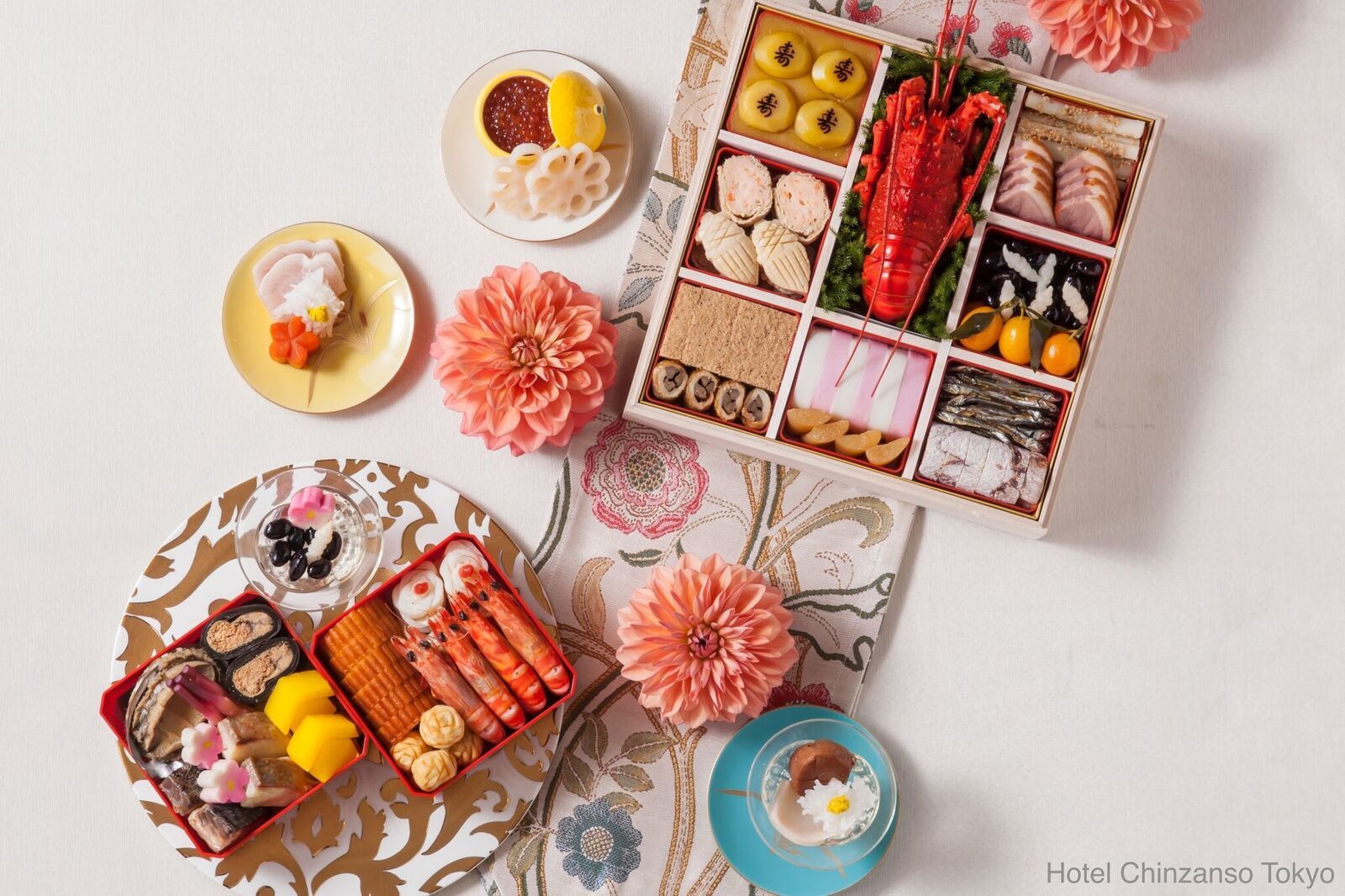 Safe, very clean (“pika-pika” in Japanese), stimulating, innovative and now also a gourmet destination. Tokyo is the new capital of the primates. The city, which today appears as a (very orderly) open-air construction site with excavations, buildings under construction, cranes, trucks moving, and it will be until 23 July 2020, the day of the inauguration of the next Olympics (the XXXII °), in his “calm chaos” seduces the tourist. Its commitment and investments in the global and continuous improvement of services and livability, elect the absolute most awarded capital in several directions. Last “prize” the one that shines with Michelin stars. In 2017 Tokyo has indeed earned the top of the rankingwith hundreds of restaurants marked by the red guide, of which over 220 are rated from one to three stars, and for this reason has been named one of the best gastronomic destinations in the world for both local cuisine and international cuisine. Destination to consider to celebrate the New Year 2018 with brilliant toast.
Safe, very clean (“pika-pika” in Japanese), stimulating, innovative and now also a gourmet destination. Tokyo is the new capital of the primates. The city, which today appears as a (very orderly) open-air construction site with excavations, buildings under construction, cranes, trucks moving, and it will be until 23 July 2020, the day of the inauguration of the next Olympics (the XXXII °), in his “calm chaos” seduces the tourist. Its commitment and investments in the global and continuous improvement of services and livability, elect the absolute most awarded capital in several directions. Last “prize” the one that shines with Michelin stars. In 2017 Tokyo has indeed earned the top of the rankingwith hundreds of restaurants marked by the red guide, of which over 220 are rated from one to three stars, and for this reason has been named one of the best gastronomic destinations in the world for both local cuisine and international cuisine. Destination to consider to celebrate the New Year 2018 with brilliant toast.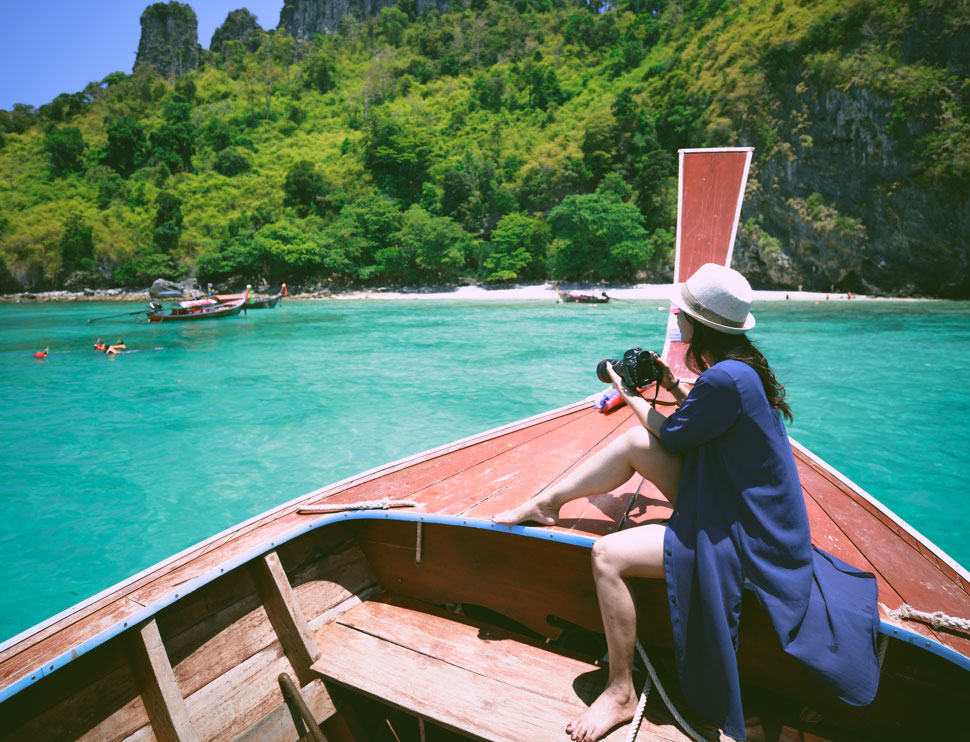 To get there, to cross continents, rivers and mountains, to walk for miles on the roof of the world, and then clash with the bitter truth: the doors of the Throne of God were closed to foreigners. To all foreigners. Giuseppe Tucci kicked off an icy stone that rolled to the feet of a blade, standing motionless a few meters from him; he knew that Lhasa was known everywhere to be the forbidden city , yet Heinrich Harrer two years ago- who at the time was not anyone, but in the future would become the idol of the masses thanks to the film Seven Years in Tibet taken from his book – had managed to penetrate with his friend Peter Aufschnaiter and just then, while he tried every possible way to convince the monks to be welcomed by the Dalai Lama, was inside those enchanted walls with the important role of translator of news from abroad. Giuseppe looked up at the immense palace that overlooked a steep cliff and sighed: he would not return home without first having access to the most secret place on the planet.
To get there, to cross continents, rivers and mountains, to walk for miles on the roof of the world, and then clash with the bitter truth: the doors of the Throne of God were closed to foreigners. To all foreigners. Giuseppe Tucci kicked off an icy stone that rolled to the feet of a blade, standing motionless a few meters from him; he knew that Lhasa was known everywhere to be the forbidden city , yet Heinrich Harrer two years ago- who at the time was not anyone, but in the future would become the idol of the masses thanks to the film Seven Years in Tibet taken from his book – had managed to penetrate with his friend Peter Aufschnaiter and just then, while he tried every possible way to convince the monks to be welcomed by the Dalai Lama, was inside those enchanted walls with the important role of translator of news from abroad. Giuseppe looked up at the immense palace that overlooked a steep cliff and sighed: he would not return home without first having access to the most secret place on the planet.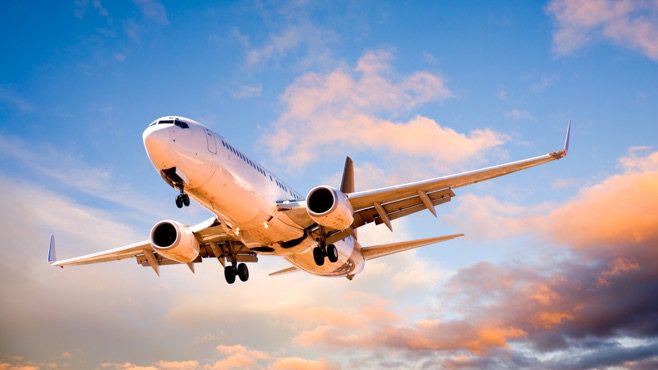 Booking a stay in a room or apartment is a fundamental moment when planning a trip and Airbnb knows how comfortable the accommodation affects the success of your stay. For this, the platform is planning to introduce an important innovation in the process of choosing the location within its site: the one for which users will be able to view rentable apartments – but also restaurants and points of interest – through augmented reality, in way to make a real 3D tour inside them.
Booking a stay in a room or apartment is a fundamental moment when planning a trip and Airbnb knows how comfortable the accommodation affects the success of your stay. For this, the platform is planning to introduce an important innovation in the process of choosing the location within its site: the one for which users will be able to view rentable apartments – but also restaurants and points of interest – through augmented reality, in way to make a real 3D tour inside them.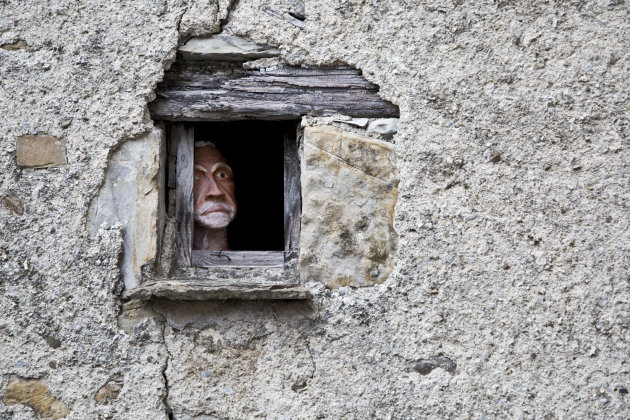 It is a story that has been going on for 23 years , stronger than the landslides that have tormented this Ligurian Apennines village at an hour’s drive from Genoa. It was 1994, and at Christmas Mass in the church of Pentema, in the Municipality of Torriglia, people were counting on the fingers of one hand. “If this was going on, Pentema would die”, says Angelo Carpignano, a Genoese who spent most of the year in a village of a few houses next to the town. “Something had to be invented”. At the suggestion of the then parish priest of the village, Don Pietro, the following Christmas was born a crib that brought Pentema back at the end of the nineteenth century, with the crafts of the time recreated among its streets, in the houses, in the rooms of the ancient stone houses .
It is a story that has been going on for 23 years , stronger than the landslides that have tormented this Ligurian Apennines village at an hour’s drive from Genoa. It was 1994, and at Christmas Mass in the church of Pentema, in the Municipality of Torriglia, people were counting on the fingers of one hand. “If this was going on, Pentema would die”, says Angelo Carpignano, a Genoese who spent most of the year in a village of a few houses next to the town. “Something had to be invented”. At the suggestion of the then parish priest of the village, Don Pietro, the following Christmas was born a crib that brought Pentema back at the end of the nineteenth century, with the crafts of the time recreated among its streets, in the houses, in the rooms of the ancient stone houses .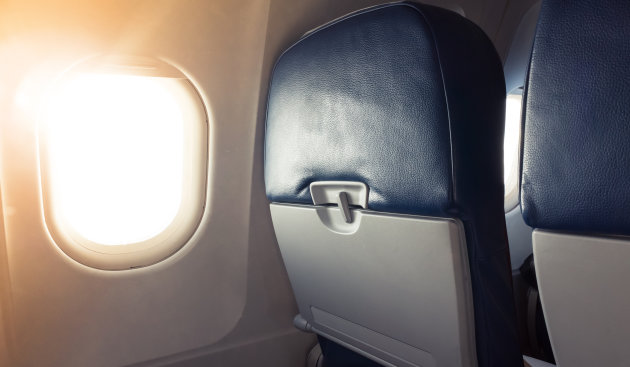
 Much more convenient and cheaper
Much more convenient and cheaper
 Rarely interesting especially in poorer countries
Rarely interesting especially in poorer countries

 Finally, we enter the site, and our first vision is splendid: white! There is so much fog that you can not see anything! “But he is or Macchu Pichu? Ben, I think we’re in there actually …” We were taking refuge with a group of tourists in a small house while waiting for the clouds to dissipate and for the rain to fall. stopped. Finally it is, in fact it was really right in front of us. It’s worth it, even if it has been seen dozens of times in photo, the site is impressive. The city is surrounded by moist mountains plunged in the mist. The atmosphere is magical.
Finally, we enter the site, and our first vision is splendid: white! There is so much fog that you can not see anything! “But he is or Macchu Pichu? Ben, I think we’re in there actually …” We were taking refuge with a group of tourists in a small house while waiting for the clouds to dissipate and for the rain to fall. stopped. Finally it is, in fact it was really right in front of us. It’s worth it, even if it has been seen dozens of times in photo, the site is impressive. The city is surrounded by moist mountains plunged in the mist. The atmosphere is magical.
 ON THE WAY TO AREQUIPA
ON THE WAY TO AREQUIPA Until Tarapoto
Until Tarapoto
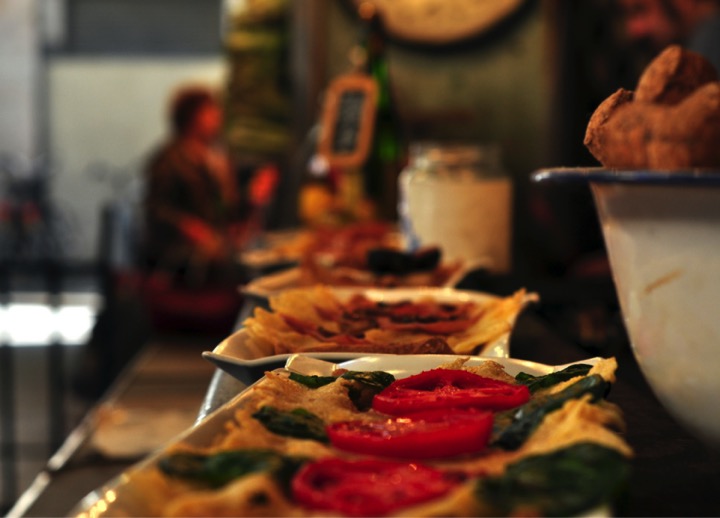
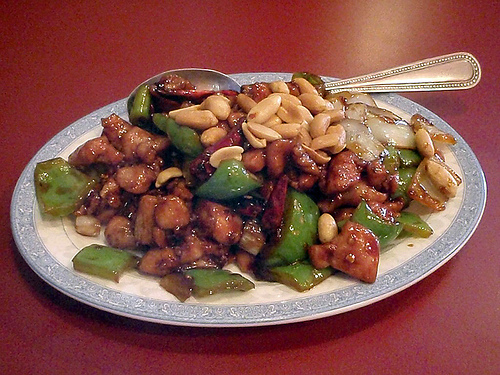 When it comes to food, we all have one thing in common. We love a good meal. And, we are always looking for cuisines that are going to be tasty. There are some of the countries that are really popular for their cuisines. Tourists that is traveling all over the world to taste these cuisines. This is why you should know which countries are really famous for their cuisines so that you can know which country to visit next:
When it comes to food, we all have one thing in common. We love a good meal. And, we are always looking for cuisines that are going to be tasty. There are some of the countries that are really popular for their cuisines. Tourists that is traveling all over the world to taste these cuisines. This is why you should know which countries are really famous for their cuisines so that you can know which country to visit next: